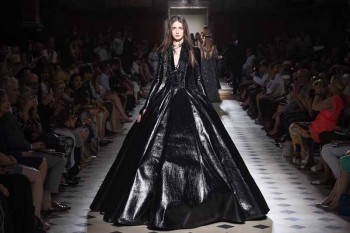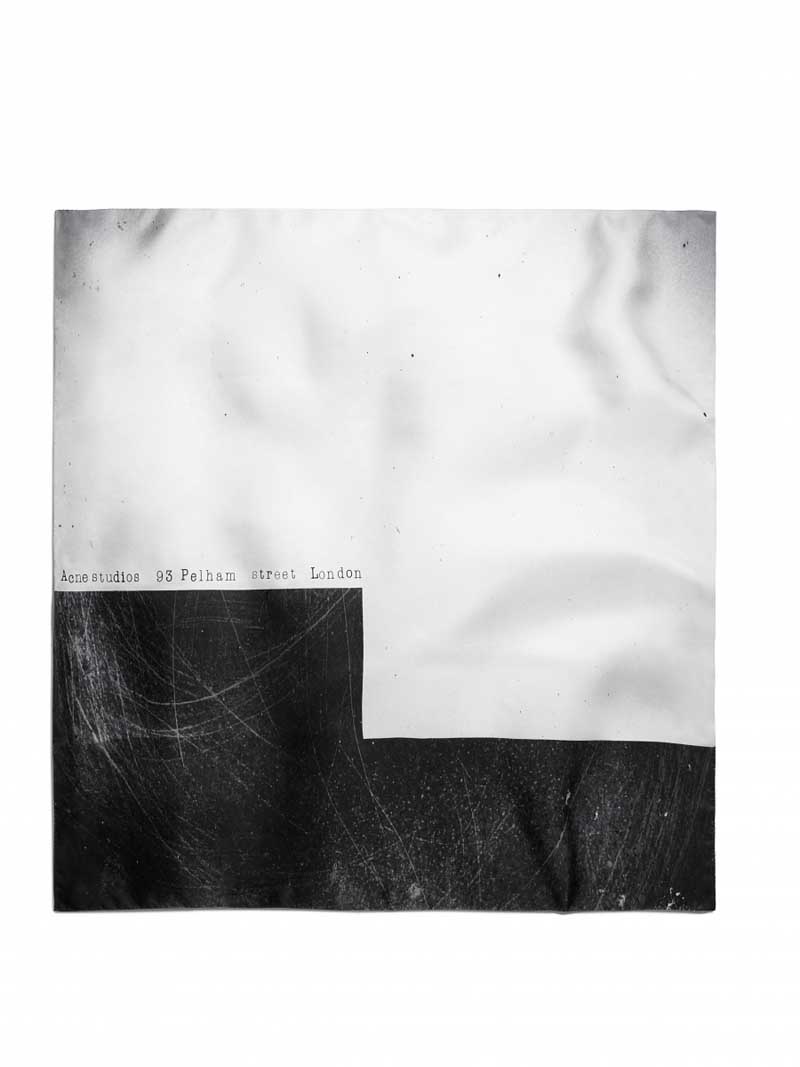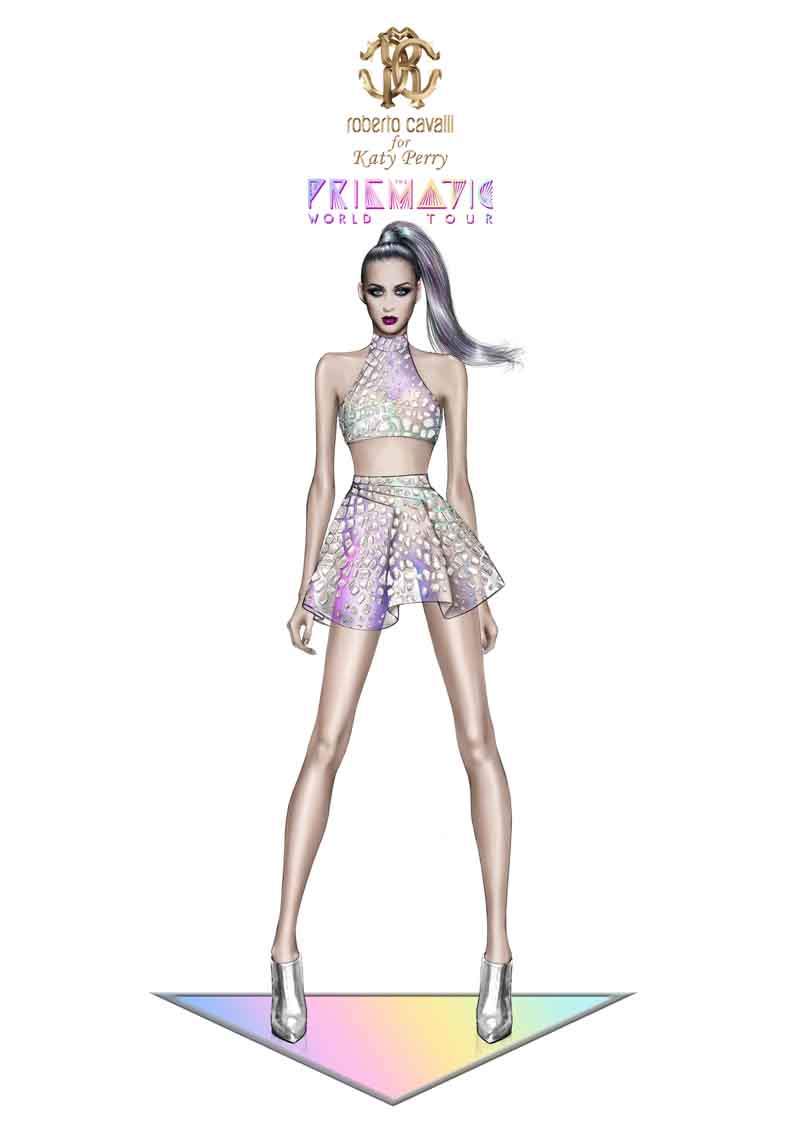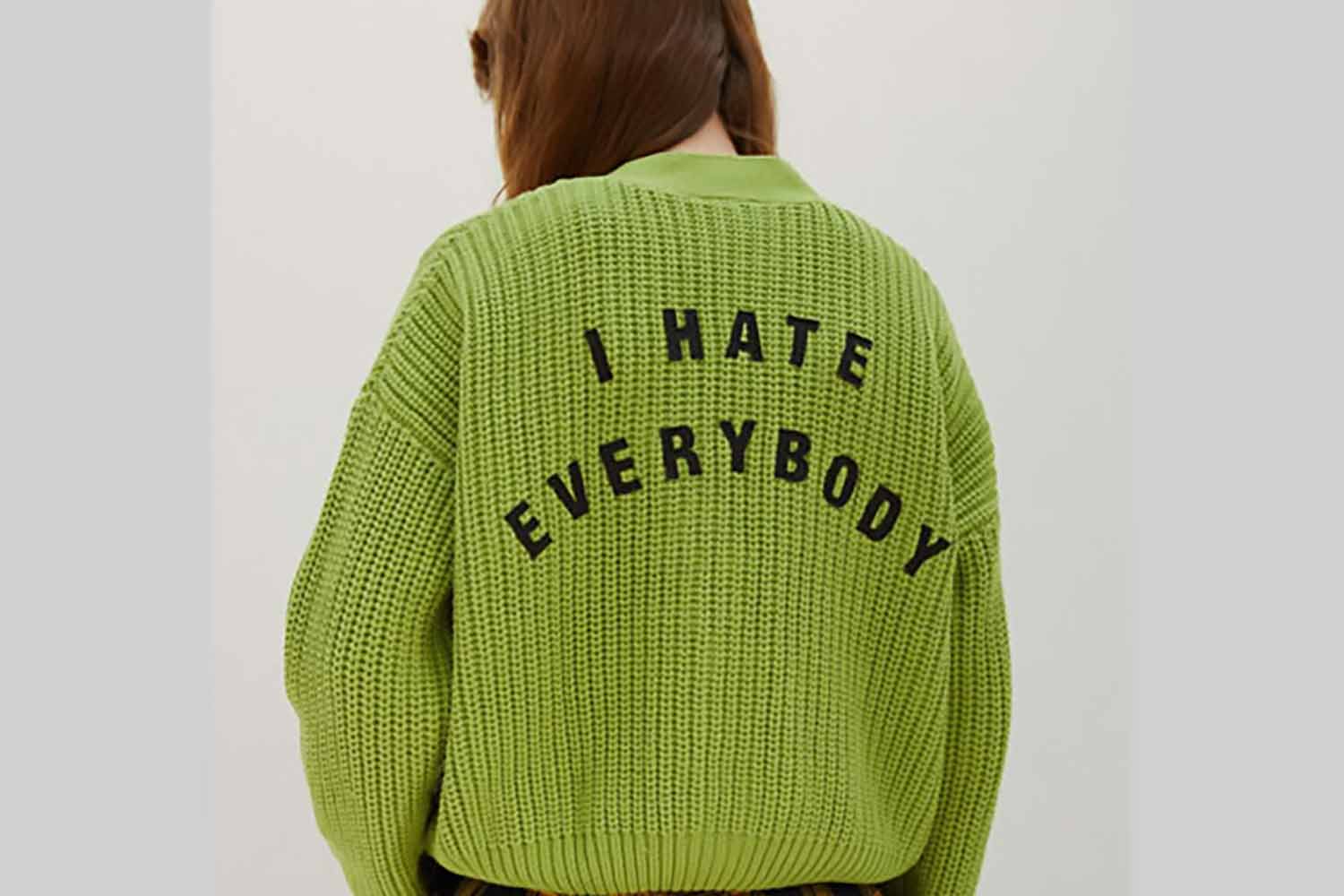
The pinnacle of fashion, Paris haute couture week highlights the crème de la crème of high street dressing. While the unveiling of new collections create a worldwide buzz on the innovations, the fashion houses and its creative directors must navigate a ‘decade of change’ driven by technology and consumer forces.
According to the 2nd annual Global Powers of Luxury Goods report issued by Deloitte Touche Tohmatsu Limited (DTTL), nature of the luxury consumer is changing – notably through the impact of technology.
The world’s 100 largest luxury goods companies generated sales of $214.2 billion through the end of the last fiscal year (fiscal years ended through June 2014) despite currency headwinds and intense technological disruption.
Patrizia Arienti, DTTL EMEA Fashion and Luxury leader, comments: “Several key aspects of the luxury sector will be unrecognizable in the next few years. The traveling luxury consumer will change the concept of national boundaries; millennial consumers will represent a significant percentage of sales volume in luxury; and the competitive forces driven by technology will continue to disrupt at a faster pace.”
Key findings from the report include:
- Adoption of technology as a competitive advantage –
Luxury brands must keep up with evolving technology and refine their products, but without detracting from their unique core product offering and expertise.
Industry executives identified reputational risk from social media as one of the highest risks in online marketing and distribution, according to Deloitte’s 2014 Swiss Watch report.1
“The luxury sector needs to continue to forge a strong relationship with an ever-increasing array of technologies, as it continues to influence the value chain. The legitimate concern about diluting a brand’s exclusivity in the broadly accessible online world requires brands to move carefully to ensure sustainable, long-term value creation,” said Arienti.
- Engaging the millennial shopper –
Fifty-eight percent of millennials currently go online to search for information on luxury items and 31 percent use social media for gathering information around discounts and promotions, compared with 10 percent for older luxury consumers.2
In order to effectively target millennials, (who are already emerging as leaders in technology and other industries and are expected to comprise 75 percent of the global workforce by 20253) luxury brands can benefit by fully understanding their buying habits and influencers.
- The global make up of luxury demand is changing
“The channels on which luxury consumers shop is constantly evolving, making it critical for companies to understand the changing desires, buying behaviors and channels of luxury consumers,” said Arienti.
Results from Deloitte’s Luxury Consumption among European High Earners 2014 survey of over 1,000 high-income earners across Europe illustrate that while traditional marketing channels such as magazines and store browsing continue to be relevant for consumers gathering information on new luxury brands, 45 percent of participants indicated that they search online for information.



